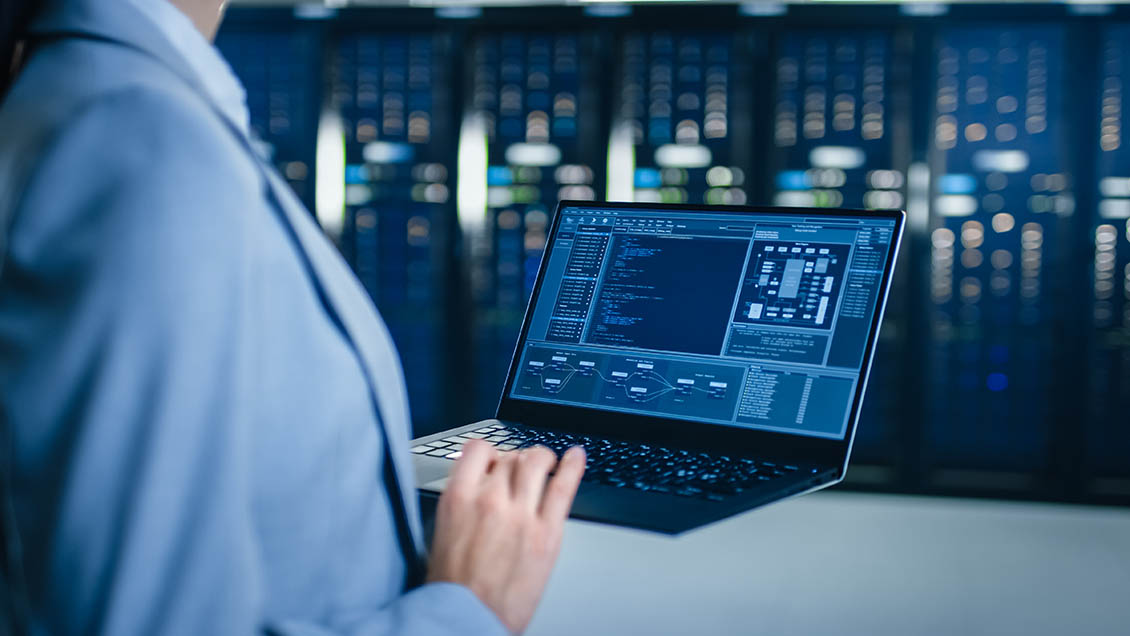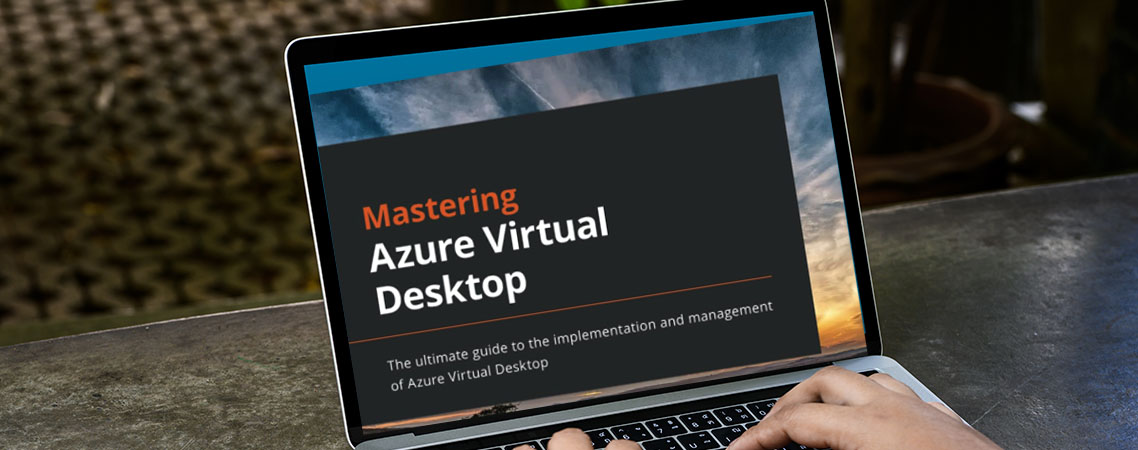There are mainly two types of hypervisors in cloud computing. There’s the Type 1 or bare metal hypervisor, and there’s the Type 2 or hosted hypervisor. In this post, we will describe each type, discuss its...
A software-defined datacenter (SDDC)—also called a virtual datacenter—is a datacenter facility where all the IT infrastructure components, such as compute, networking, and storage, are virtualized and delivered to users as a...
Lightweight Directory Access Protocol (LDAP) is a vendor-agnostic application protocol that anyone can use to locate individuals, organizations, and other resources such as devices and files on a network. As an open-source protocol, it provides a...
The end user computing (EUC), virtualization, and cloud technology industries are currently experiencing a range of market changes, with pressure on...
Azure Virtual Desktop is a cloud desktop virtualization platform that securely delivers virtual desktops and remote applications. It can be integrated with Parallels RAS® to deploy virtual desktop infrastructure (VDI)...
Bring your own device (BYOD) isn’t a new phenomenon in a modern digital environment. However, the trend has become significantly more popular in recent years due to the increasing demand for remote and hybrid work...
Sysprep, which stands for system preparation, is a Microsoft tool that IT administrators can leverage to automate the deployment of Windows operating systems (OSs). IT teams can use this tool in virtualized environments to prepare Windows OS...
Parallels® RAS 19 is here! The new release builds on the features and innovations that have earned it a reputation as a top-rated pick for delivering secure access to virtual desktops and applications on any device, from...








